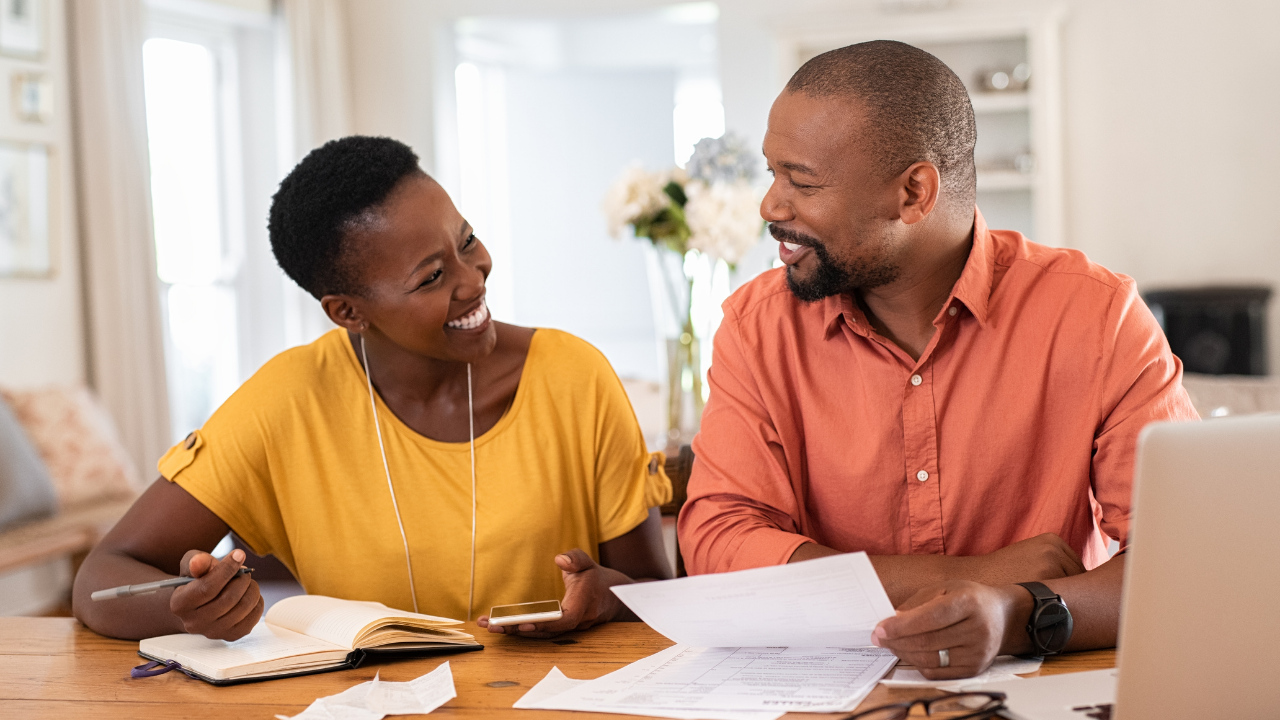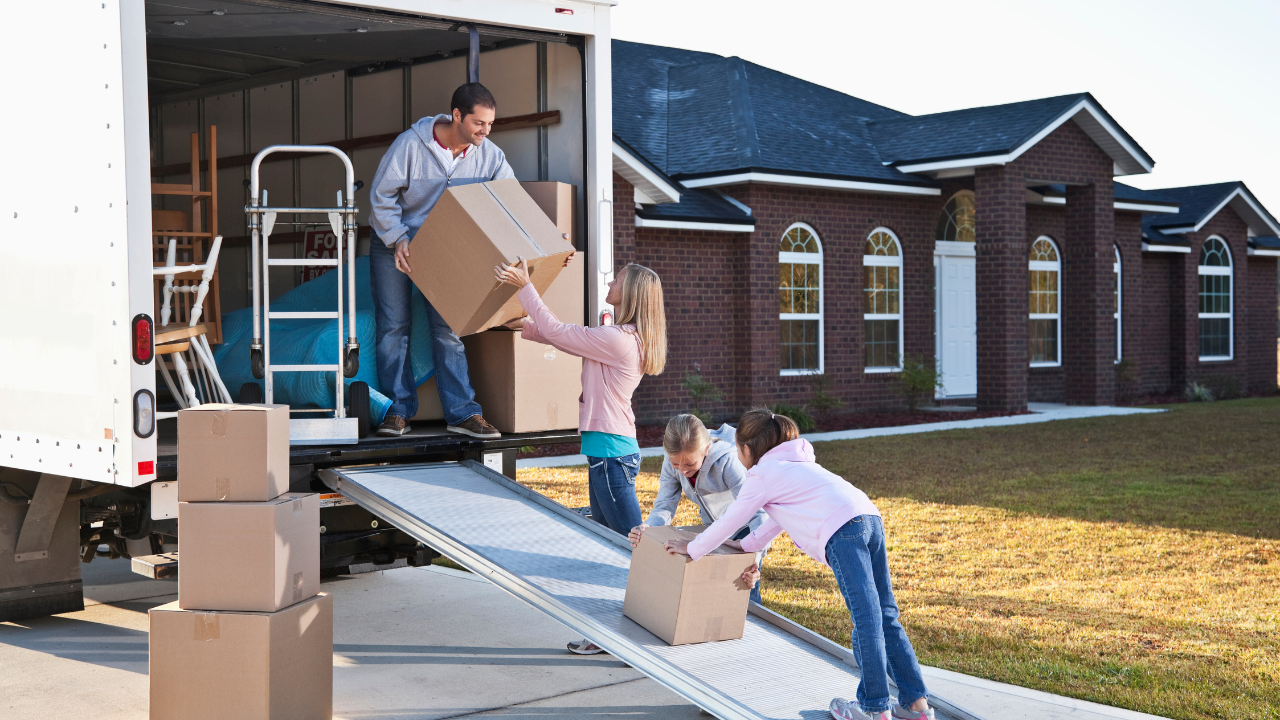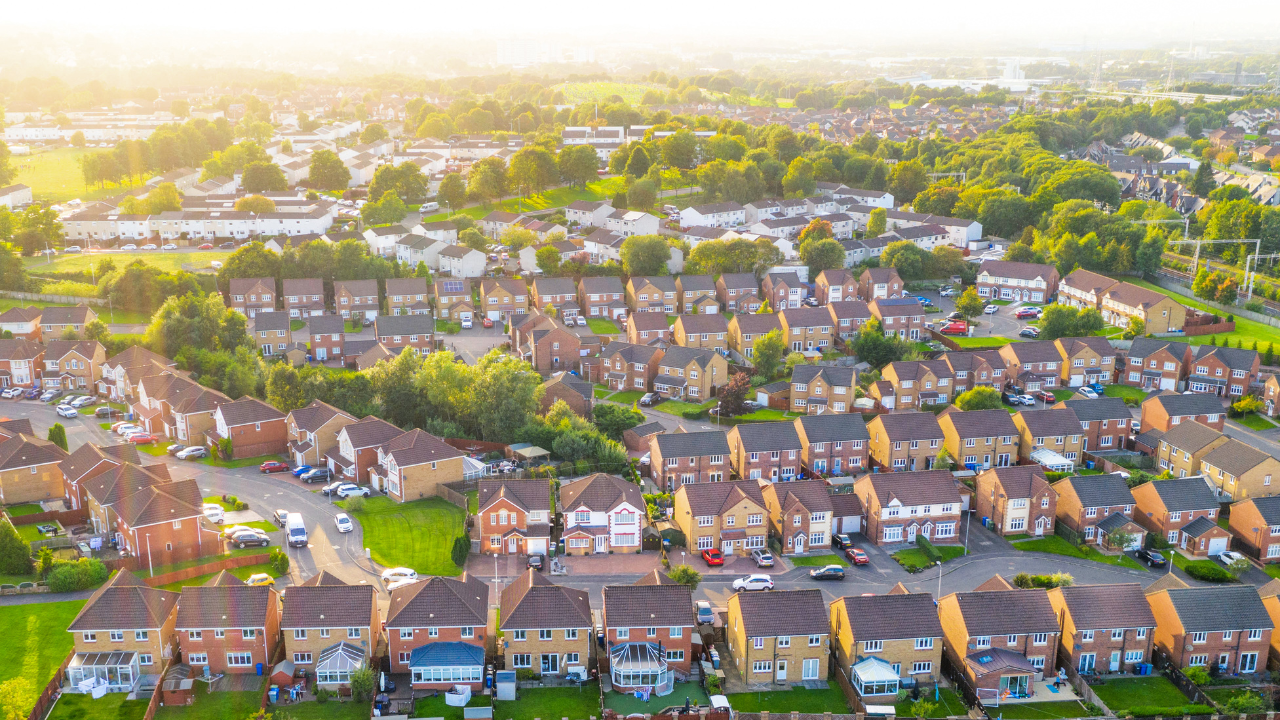Breaking Down the Costs of Homeownership: The Upfront Costs
Marilyn Archer • July 29, 2025

Purchasing a home is a thrilling milestone, but the financial commitment extends beyond just the sticker price. Understanding the upfront costs of homeownership will ensure you're well-prepared to handle the journey with confidence. This article explores the key expenses you need to budget for, from the down payment to moving costs, with tips to plan effectively.
💰The Real Cost of the Down Payment
The down payment is the largest and most well-known upfront cost of buying a home. It serves as your initial investment in the property and determines the size of your mortgage.
How Much Do You Need for a Down Payment?
- Traditional Range: 3%–20% of the home's purchase price.
- Factors That Affect Down Payment Size:
- Loan Type: FHA loans require as little as 3.5%, while conventional loans may need 5% or more.
- Avoiding PMI (Private Mortgage Insurance): A 20% down payment lets you avoid PMI, a cost that protects lenders if you default.
How to Save for a Down Payment:
- Automate Savings: Set up a dedicated savings account and automate monthly contributions.
- Use Down Payment Assistance Programs: Many states offer grants or low-interest loans for first-time buyers.
💡Quick Tip:
Every dollar saved for your down payment reduces your mortgage and potentially your interest payments over time. Invest in your future with steady saving habits.
🧾What Are Closing Costs, and How Are They Calculated?
Closing costs are fees and charges that cover administrative and legal tasks to finalize your home purchase. They often catch first-time buyers by surprise.
What’s Included in Closing Costs?
- Loan Fees: Application, origination, and underwriting fees.
- Title Insurance and Services: Protects against disputes over property ownership.
- Escrow Fees: Covers third-party services to manage funds during the transaction.
- Taxes and Recording Fees: Includes property taxes and local government fees.
How Much Are Closing Costs?
- Average range: 2%–5% of the home's purchase price.
- Example: On a $300,000 home, expect to pay $6,000–$15,000 in closing costs.
How to Budget for Closing Costs:
- Request a Loan Estimate early in the process. This document outlines expected fees and costs.
- Negotiate with the seller to cover some costs through concessions.
🔍Budgeting for Inspections, Appraisals, and Moving Expenses
Beyond the down payment and closing costs, several other upfront expenses come into play. Proper budgeting ensures these costs don’t derail your plans.
1. Home Inspection:
- Purpose: Identifies potential problems with the property before purchase.
- Cost: $300–$500, depending on property size.
- Tip: Don’t skip this step—it can save you thousands in unexpected repairs.
2. Appraisal:
- Purpose: Confirms the home’s value to your lender.
- Cost: $300–$700.
- Tip: Required for most loans, this ensures you’re not overpaying for the property.
3. Moving Costs:
- Factors That Impact Costs:
- Distance of the move.
- Amount of furniture and belongings.
- Professional movers vs. DIY moving.
- Cost Range: $500–$5,000 depending on the move’s complexity.
- Tip: Start early by decluttering to reduce moving volume and costs.
✅Planning Ahead for Success
Steps to Stay Financially Prepared:
- Create a Home Buying Budget: Include all the costs discussed above.
- Ask Questions: Work with your lender and realtor to understand estimated expenses.
- Maintain a Cushion: Have 10%–15% extra funds to cover surprises.
Helpful Resources:
- Mortgage Calculators: Use tools from sites like Zillow or NerdWallet to estimate affordability.
- State Assistance Programs: Many states offer resources for first-time homebuyers.
📝Recap
Buying a home means more than affording the listing price—you’ll need to prepare for a range of upfront costs. From your down payment and closing fees to inspections and moving expenses, planning ahead helps you avoid surprises. Create a realistic budget, explore assistance programs, and leave room for the unexpected. With the right preparation, you can step into homeownership with confidence and peace of mind.



